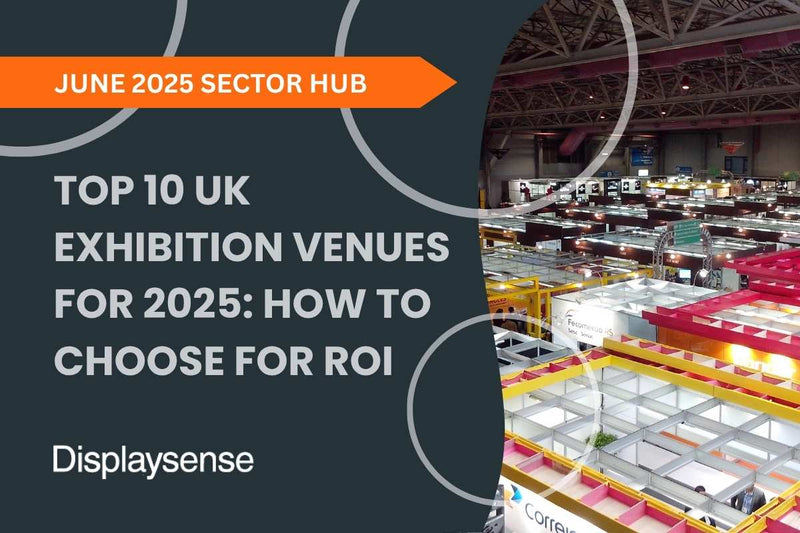What Is Experiential Retail?

What Is Experiential Retail?
Experiential retail refers to a concept or approach in the retail industry that focuses on creating unique and immersive shopping experiences for customers. It goes beyond traditional retail formats by incorporating elements of technology, interactivity, and unconventional strategies to engage and captivate consumers. Experiential retail aims to break away from the traditional brick-and-mortar store model and offer customers a more memorable and personalised experience. It often involves the use of cutting-edge technologies such as augmented reality, virtual reality, artificial intelligence, interactive displays, and other innovative tools to enhance the shopping experience. Experiential retail can come in a variety of forms, such as pop-up shops, concept stores, interactive showrooms, temporary installations, and immersive brand experiences.

How It Differs From Traditional Retail
- Create an experience: Experiential retail places a strong emphasis on creating unique and immersive experiences for customers...
- Flexibility: Experiential retail embraces constant change and innovation...
- The environment: Traditional retail tends to focus on standardised layouts...
- Brand Engagement: Experiential retail aims to create stronger emotional connections...
Benefits of Experiential Retail
Experiential retail ventures go beyond traditional shopping, offering a dynamic fusion of commerce and engagement...
How Can Businesses Use It?
Businesses can harness experiential retail by creating immersive, interactive in-store experiences like pop-up shops, VR trials, or themed showcases...
Examples of Experiential Retail
Popup Shops and Temporary Retail Spaces: Pop-up shops are temporary retail spaces that can appear in unexpected locations...
Augmented Reality and Virtual Reality Shopping
Some retailers are integrating AR and VR technologies to enhance the shopping experience...
Cashier less Stores
Cashier less or checkout-free stores utilise advanced technologies like sensors, cameras, and machine learning...




